Sequoia National Park
According to the Western Mono and Tübatulabal Tale, the white-necked Eagle, Tro'-qhill created the earth. Following this, Lim'-ik, the Prairie Falcon and Alh'-wut the Crow formed the mountains out of mud that Tro'-qhill provided. Nearly 60 million years ago, the Sierra rose from the sea and sculpted from plutons that ascended from below. This caused the great valleys of the Sierra. In the High Southern Sierra exists the enormous Sequoia trees that can grow to be over 200 feet tall like General Sherman as stated in The Sierra Nevada Before History, "Today, the southern Sierra supports one of the most diverse plant ecosystems in the world. " (Jackson 39)
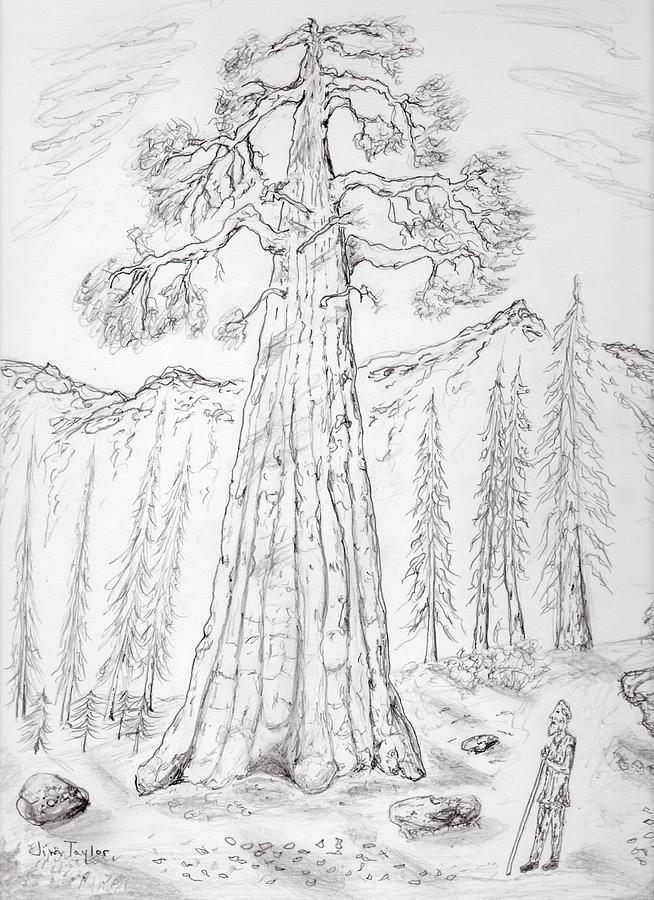
John Muir's illusration of a giant sequoia tree
To quote John Muir's description of the giant sequoias and vegetation; "They are everywhere vocal with running water and drenched with delightful sunshine." In addition to this, a wide variety of animal species exist in the high sierra such as grizzly bears, black bears, mule deer, wolves, bobcats, and much more. These were intriguing factors for human settlement, hence the migration of tribes like the Tübatulabal, Paiute, Monache, Yokut and Miwok.
Tübatulabal:
Their ancient name being Tubat, which means "pine-nut eaters", the Tubatulabal were the first tribe to settle within the high Sierra and the only ones that primarily lived in the area. There were three separate bands of Tübatulabal: the Pahkanapil, the Palagewan, and the Toloim that inhabited the southern foothills. Each tribe was distinct but interwined. They would socialize and hunt with one another. They would compromise and share/trade resources such as venison or fish.
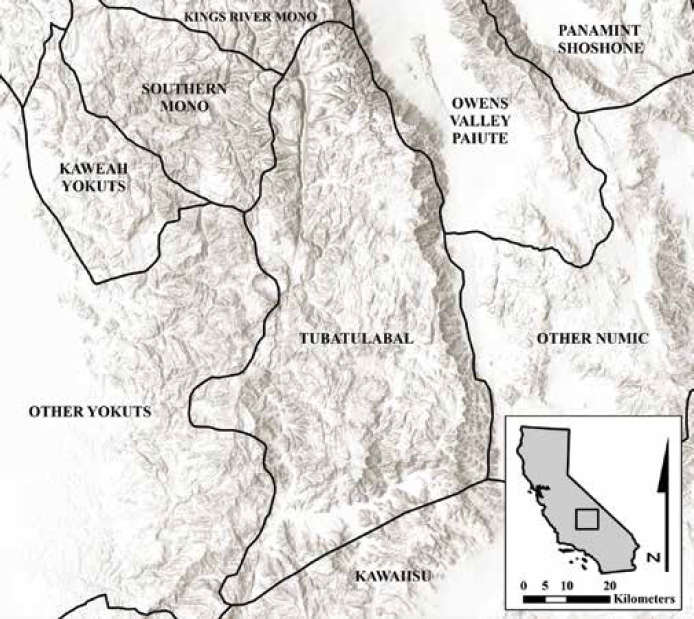
The Toloim band were the ones who lived amongst the giant sequoia forests. They had an abundance of game and black-oak acorns which were essential to the tribes. They used acorns as a food source while utilizing the barks of the tree for medicinal purposes. Other food sources included rabbits, duck, fish, squawthorn berries, yamba bulbs, cane plants, chia seeds and much more.
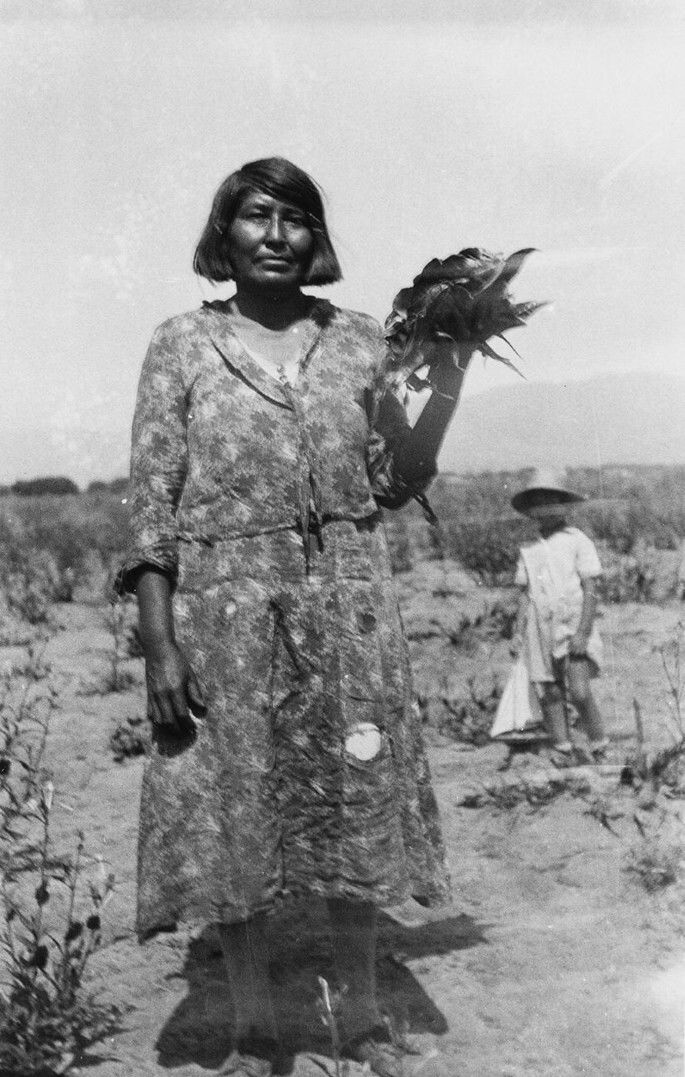
Tubatulabal women also valued basket weaving. They would create a conical basket made from willow root, yucca root, deer grass, and soaproot juice. These baskets helped transport materials and could carry as much as 200 pounds. Typically called "burden baskets" they would hold gathering materials for women as well as their personal belongings.
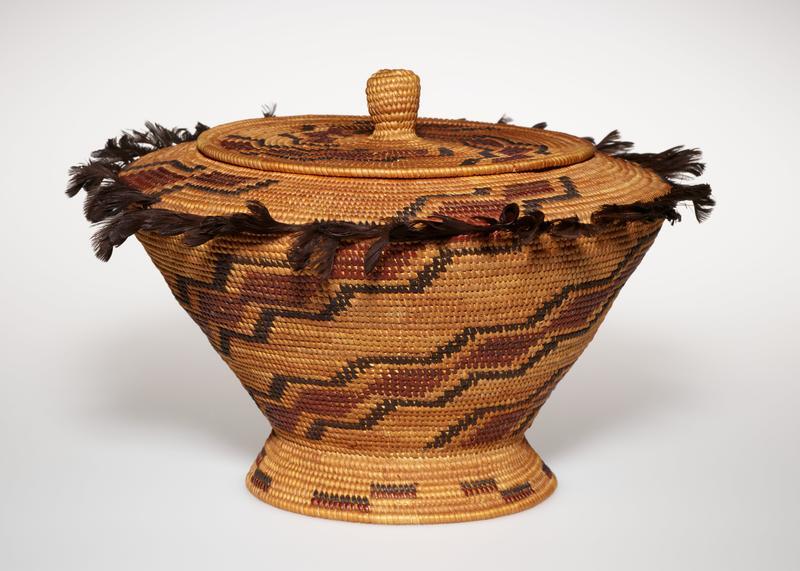
Burden Basket
Shamans conducted spiritual practices and often instructed the tribe on how to maintain their connection with nature. Evidently the Tubatulabal took advantage of every natural resource they had. Descendants of the tribe still live to this day and can be found in relation to the Tule River Indian tribe.
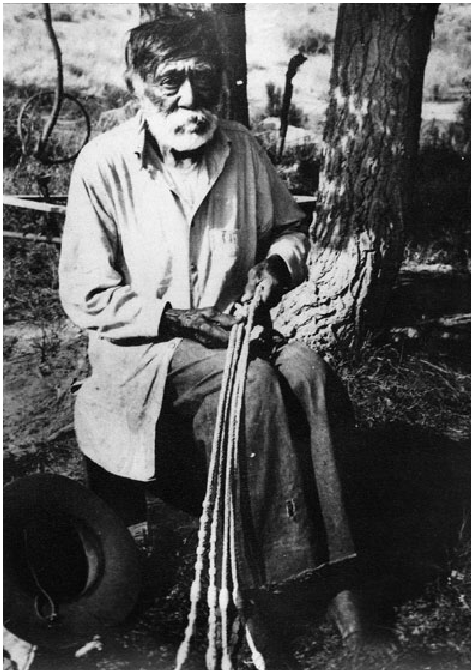 Esteban Miranda, Tübatulabal rain-making shaman (photograph copied, with permission, from the Kern Valley Museum).
Esteban Miranda, Tübatulabal rain-making shaman (photograph copied, with permission, from the Kern Valley Museum).

